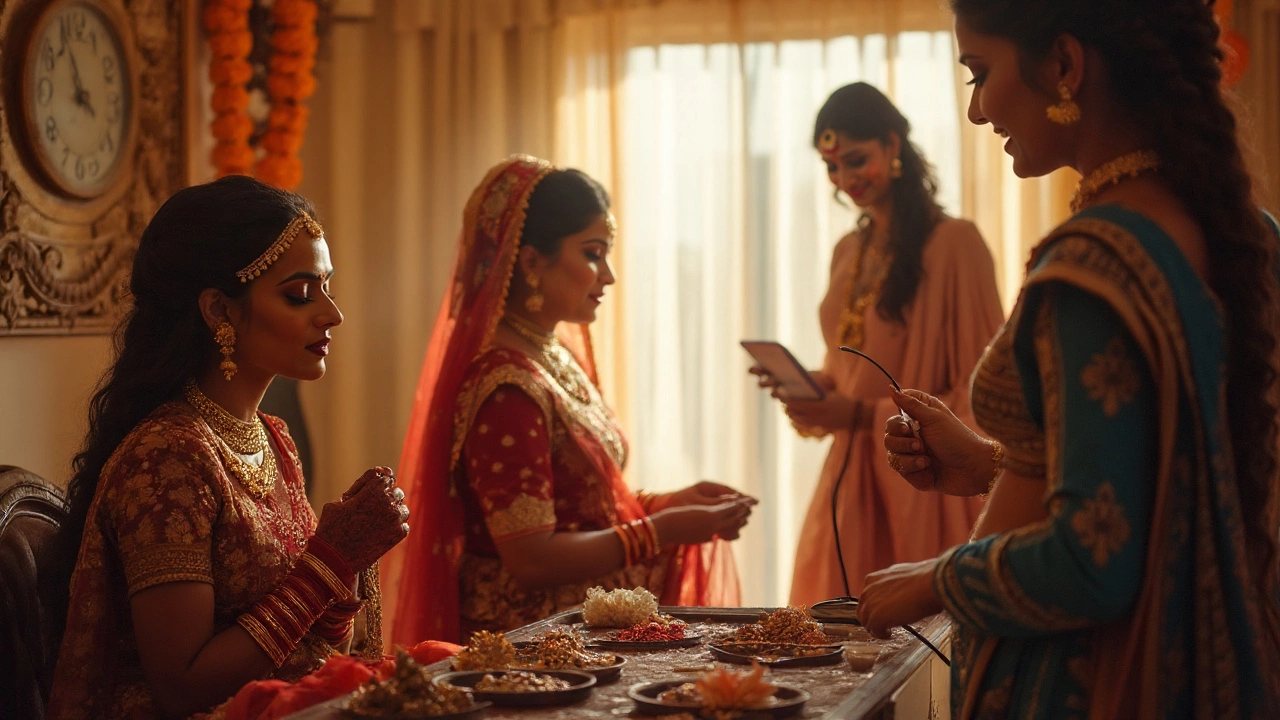Hair and Makeup Schedule: Your Step‑by‑Step Guide
Getting ready for a shoot or a big wedding can feel like juggling a circus. The secret to staying calm? A solid hair and makeup schedule. When you know exactly when each task happens, you avoid the rush, the mistakes, and the dreaded “I don’t have time for touch‑ups” panic.
1. Start with a Consultation (2‑4 weeks ahead)
Book a meeting with your stylist and makeup artist as soon as the date is locked. Bring inspiration photos, talk about your outfit, venue lighting, and any skin or hair concerns. This is the time to lock in the look, decide on hair length, accessories, and makeup intensity. A clear brief means the team can prep the right products and avoid last‑minute swaps.
2. Create a Day‑of Timeline (the night before)
Write down the exact start times for each step. A typical schedule looks like this:
- 08:00‑08:30 – Light breakfast, hydrate, and skin prep (cleanser, moisturizer, sunscreen).
- 08:30‑09:00 – Hair trial touch‑up (if needed) or quick styling prep.
- 09:00‑09:45 – Makeup artist begins: primer, foundation, and contour.
- 09:45‑10:15 – Hair styling – blow‑dry, curls, braids, or up‑do.
- 10:15‑10:30 – Final makeup details, setting spray, and quick mirror check.
- 10:30‑10:45 – Dress in outfit, accessory check, and photo‑ready snap.
Adjust the slots based on the complexity of the hairstyle or if you have multiple outfit changes. The key is to leave a 10‑minute buffer before you step in front of the camera.
3. Trial Run (1‑2 weeks before)
Most couples schedule a trial run for the bride’s hair and makeup. Use this session to test how the look holds under natural light and through a short video. Ask the artist about product longevity, especially if you’ll be dancing or sweating. Note any tweaks – maybe a stronger setting spray or a different shade for the eyes – and confirm the final timeline with them.
4. Day‑of Essentials
Pack a small “beauty emergency kit” with blotting papers, lipstick touch‑up, hair pins, and a mini hairspray. Keep it handy in your purse or on a nearby table. Also, sip water throughout the morning; hydration keeps skin fresh and prevents makeup from cracking.
5. Post‑Shoot Care
After the camera stops clicking, give your hair and skin a gentle cleanse. Use a mild shampoo if you’ve worn heavy products, and a micellar water wipe for makeup residue. This helps you avoid breakouts and keeps hair from getting dull.
Following this schedule turns a chaotic morning into a smooth routine. You’ll walk into the studio or venue feeling confident, and the photographer will capture you at your best. Need more ideas? Check out our posts on “Pre‑Wedding Photoshoot Tips” and “Photoshoot Cost in India” for budgeting and planning advice that pairs perfectly with your beauty timeline.
Remember, the schedule is a guide, not a prison. If something runs late, just shift the next step forward – the buffer minutes are there for a reason. With a clear hair and makeup plan, you’ll look stunning without the stress.
